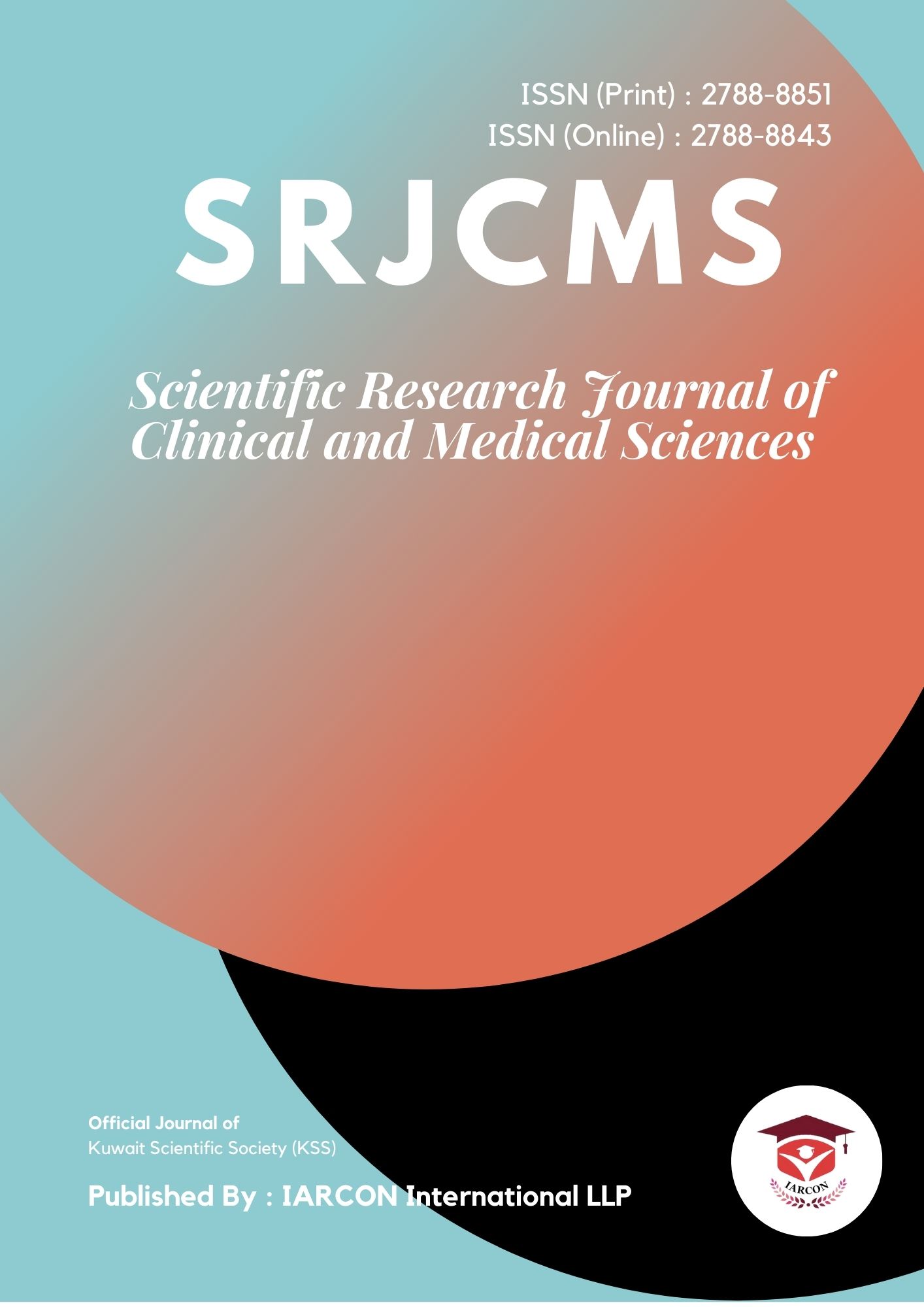Background: Torticollis, a condition characterized by abnormal tilting or twisting of the neck, is a significant pediatric health concern that can impede a child’s physical and developmental progress if untreated. Despite advancements in diagnosis and management, public awareness of torticollis, particularly in rural communities like Hamirpur, remains inadequate. Assessing the level of knowledge and identifying gaps can guide interventions aimed at early recognition and effective treatment.Material and Methods: A descriptive, cross-sectional study was conducted among 400 residents of Hamirpur, Himachal Pradesh, from August to October 2024. Participants were selected using a multi-stage random sampling technique. Data collection utilized a structured, pre-validated questionnaire divided into socio-demographic details and 20 knowledge-based questions covering symptoms, causes, prevention, and management of torticollis. Responses were analyzed to classify awareness levels into four categories: very good, good, fair, and poor. Data were processed using Microsoft Excel and Epi Info V7, with descriptive statistics used to assess awareness and its correlation with demographic variables.Results: The study population comprised 45% males and 55% females, predominantly from rural areas (64%). While 75% identified torticollis as a curvature of the neck, only 62% recognized the risk of recurrence if left untreated. Knowledge of birth trauma as a potential cause (69.5%) and the role of physical therapy (77.5%) was moderately high. Notably, 81% emphasized the importance of public awareness programs. Knowledge scores revealed 27% of participants in the very good category, 36% in good, 28% in fair, and 9% in poor, indicating a wide disparity in awareness levels.Conclusion: The findings highlight the need for targeted educational interventions to bridge knowledge gaps about torticollis in Hamirpur. Community-driven health programs, integrated with existing maternal and child health services, can enhance awareness and ensure early diagnosis and effective management of the condition. By addressing socio-economic and educational barriers, such initiatives can improve outcomes and quality of life for affected children and their families.

